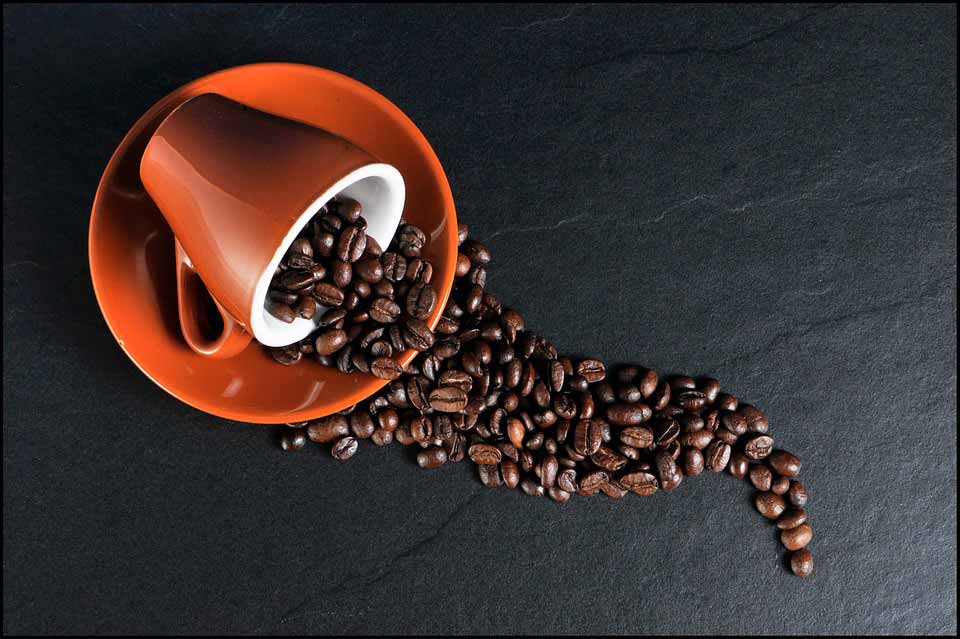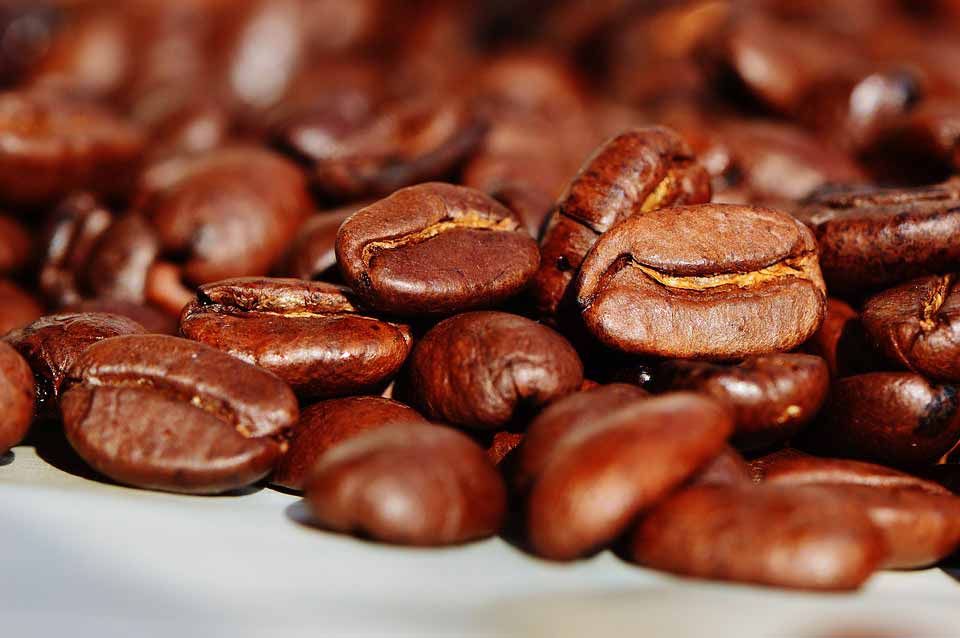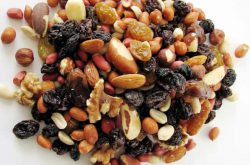
If you’re a coffee fans then making a good coffee at home without any exprience could make your day.
How to Brew the Best Coffee without a coffee maker
The Importance of Freshly Roasted Coffee
Even though you don’t need a coffee maker, you’ll still need freshly roasted coffee beans. The quality of a cup of coffee is largely determined by the quality of the coffee used to make it, and nothing is better than freshly roasted beans. The taste of a cup of coffee is about 80 percent aromatics, which dissipate as roasted coffee ages. If coffee sits for a long time after roasting, it will taste stale. Put another way, the freshest coffee makes the best coffee.
Try to use coffee that has been roasted within the past two weeks, and you’ll have a delightfully aromatic cup of fresh coffee. If you are hitting the road or going camping, pack your whole bean coffee with you – it doesn’t take much space!
The Need for a Coffee Grinder
You’ll also need a coffee grinder, so you can grind up the beans and release all of their aromatics.
Even in the early days of coffee drinking in Western Europe, coffee was freshly ground. In a letter to her sister Cassandra, Jane Austen wrote of her brother’s forthcoming visit: “It is rather impertinent to suggest any household care to a housekeeper, but I just venture to say that the coffee-mill will be wanted every day while Edward is at Steventon, as he always drinks coffee for breakfast.” This letter dates to 1799, when tea was still the more common of the two beverages. Interestingly, Jane Austen requests a coffee mill (grinder), but she makes no mention of a coffee maker.
Today, you can’t call on a housekeeper to furnish a grinder when staying at someone else’s home, so you should probably pack your own grinder. Two manual grinders that I like are the Hario Mill and the Porlex Mini. Both are burr grinders, so they’ll produce a nice, consistent grind, and they’re relatively compact.
The Final Ingredient: Hot Water
Finally, you’ll still need hot water, just below boiling. Coffee should be brewed with water that is between 195 and 205°F, as this is the best temperature range for extracting solubles from coffee grounds. Within this range, water won’t scald the grounds, but it will draw out their flavors and aromatics.
You don’t need to check your water’s temperature with a thermometer. Who carries a thermometer around anyway? Just boil water and let it stand for 30 seconds. Any utensil with a handle can be used as a kettle to heat water.
Now to Brew Coffee without a Coffee Maker
There are two ways to make coffee without a traditional coffee maker. The method you’ll want to use will depend on whether you have a filter. With a filter, you can create a makeshift pour-over. If you don’t have a filter, an immersive brew, similar to a French press, will work best.
Method 1: Creating a Makeshift Pour-Over
To create a makeshift pour-over, place your filter on top of the coffee cup. It doesn’t matter whether you have a thick or thin filter, but it does need to be clean. Paper filters are cheap, easy to find and carry. If you don’t have one, use a clean cloth and tie it to a sieve. Once the filter is in place:
- Rinse the filter with hot water and toss the rinsing water
- Measure a tablespoon of coffee for each cup of coffee you want to make
- Grind your coffee on a medium, sand-like grind
- Wet the grounds with a little water and wait for at least 30 seconds (longer if your beans are very fresh)
- Pour half of the remaining water over a 30-second duration
- Pour the rest of the water in three or four smaller increments
There you have it – your own cup of great coffee to get you going for the day! If you think it tastes too bitter, add more coffee. If it’s too sour, reduce the amount of coffee you use.
Method 2: Mimicking a French Press
Without a filter, you’ll have to use an immersive technique, which is the same way French presses work. Simply:
- Measure a tablespoon of coffee for each cup of coffee you want to make
- Grind your coffee on a coarse setting, so it resembles sea salt
- Wet the coffee and wait for 30 seconds if you’re using fresh coffee
- Pour the rest of your water
- Let the coffee stand for 4 minutes.
- Pour it slowly into the cup you will drink from and stop before the grounds start to get into your cup. This way, you’ll get an evenly brewed cup without too much stuck at the bottom.
The next time you wake up and no coffee maker’s available, don’t worry. It doesn’t have to be a difficult morning. People brewed great coffee for centuries before coffee makers were commonplace, and it’s easy to do. Just follow the above steps, and you’ll have a good, coffee-filled morning.
How to make the best coffee with this 9 Tips

Rule 1: use Fresh Beans
Without question, coffee is best when used within days of being roasted. Buying from a local roaster (or roasting your own) is the surest way to get the absolute freshest beans. Be wary of buying bulk coffee from supermarket display bins. Oxygen and bright light are the worst flavor busters for roasted beans, so unless the store is conscientious about selling fresh coffee, the storage tubes get coated with coffee oils, which turn rancid. Coffee beans packaged by quality-conscious roasters and sold in sturdy, vacuum-sealed bags are often a better bet.
Rule 2: Keep Coffee Beans Fresh
Always store opened coffee beans in an airtight container. Glass canning jars or ceramic storage crocks with rubber-gasket seals are good choices. Never refrigerate (roasted beans are porous and readily take up moisture and food odors). Flavor experts strongly advise against ever freezing coffee, especially dark roasts. Optimally, buy a 5- to 7-day supply of fresh beans at a time and keep at room temperature.
Rule 3: Choose Good Coffee
Snobbism among coffee drinkers can rival that of wine drinkers, but the fact is that an astonishing world of coffee tastes awaits anyone willing to venture beyond mass-marketed commercial brands. Specialty coffees that clearly state the country, region or estate of origin can provide a lifetime of tasting experiences. There are two major beans on the market—Arabica and Robusta. Arabica beans are more widely produced, have a wider range of flavors and are generally considered the “better bean.” By all means look for 100% pure Arabica beans. The cheap alternatives may contain Robusta beans, noted for their higher caffeine content but harsh flavors. “Nasty” is a term commonly linked to Robusta coffees by Arabica devotees.
Rule 4. Grind Your Own
Coffee starts losing quality almost immediately upon grinding. The best-tasting brews are made from beans ground just before brewing. Coffee connoisseurs prefer to grind in expensive burr mills (e.g., Solis, Zassenhaus, Rancilio), but affordable electric “whirly blade” grinders (e.g., Braun, Bodum) will do a serviceable job, especially if the mill is rocked during grinding to get a fine, even particle size. (Scoop for scoop, finer grinds yield more flavor.)
Rule 5. Use Good Water
Nothing can ruin a pot of coffee more surely than tap water with chlorine or off-flavors. Serious coffee lovers use bottled spring water or activated-charcoal/carbon filters on their taps. Note: Softened or distilled water makes terrible coffee—the minerals in good water are essential.
Rule 6. Avoid Cheap Filters
Bargain-priced paper coffee filters yield inferior coffee, according to the experts. Look for “oxygen-bleached” or “dioxin-free” paper filters (e.g., Filtropa, Melitta). Alternatively, you may wish to invest in a long-lived gold-plated filter (e.g., SwissGold). These are reputed to deliver maximum flavor, but may let sediment through if the coffee is ground too finely.
Rule 7. Don’t Skimp on the Coffee
The standard measure for brewing coffee of proper strength is 2 level tablespoons per 6-ounce cup or about 2 3/4 tablespoons per 8-ounce cup. Tricks like using less coffee and hotter water to extract more cups per pound tend to make for bitter brews.
Rule 8. Beware the Heat
Water that is too hot will extract compounds in the coffee that are bitter rather than pleasant. The proper brewing temperature is 200°F, or about 45 seconds off a full boil. (Most good coffeemakers regulate this automatically.) Once brewed, don’t expect coffee to hold its best flavors for long. Reheating, boiling or prolonged holding on a warming platform will turn even the best coffee bitter and foul-tasting.
Rule 9. Keep Your Equipment Clean
Clean storage containers and grinders every few weeks to remove any oily buildup. At least monthly, run a strong solution of vinegar or specialty coffee-equipment cleaner (e.g., Urnex) through your coffeemaker to dissolve away any mineral deposits. Rinse thoroughly before reuse.
sources: driftaway , eatingwell

